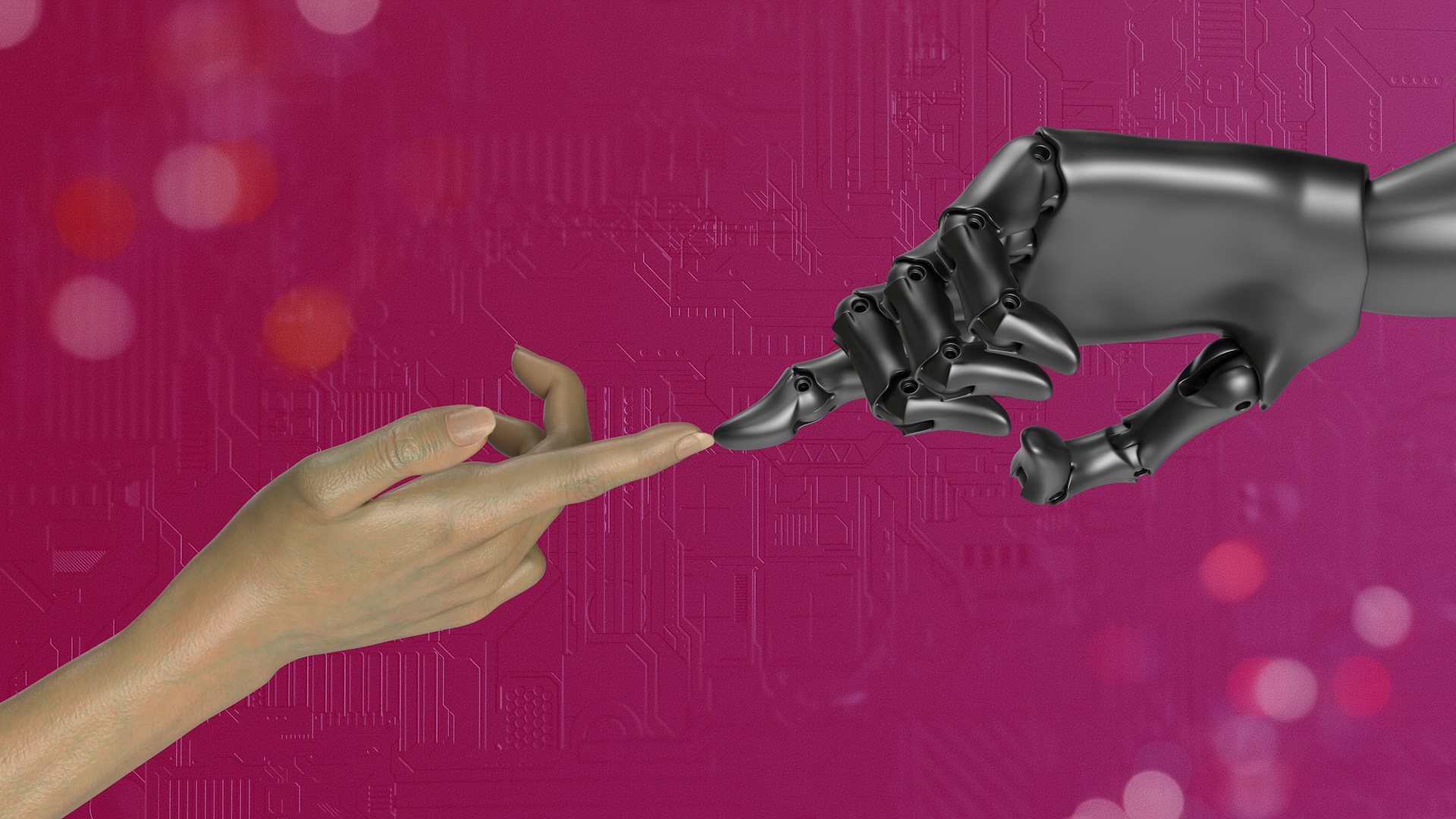Why 2025 Is The Year AI Finally Felt Personal
From the moment most of us wake up and ask our phone for the weather, to the way we text, shop, scroll, and even talk to customer service, artificial intelligence has already worked its way into our lives. But something changed this year. It got closer. Softer. Friendlier. Almost… human. The jump from “cool technology” to something that actually feels personal is what made 2025 stand out. AI isn’t just in the background anymore—it’s in your corner.
It’s not a gimmick, and it’s not just for people who code or build robots. It’s for regular folks with regular lives who’ve started noticing their daily routines getting smoother, their options getting smarter, and their technology paying a little more attention.
When Smart Became Intuitive
Up until recently, AI mostly felt like a helpful assistant. You had to ask it for things. It would listen and respond, sure, but it didn’t really know you. That’s changed. The newest generation of artificial intelligence systems can now understand your habits and tone in ways that used to be pure science fiction. They learn what you like, what you don’t, when you’re stressed, when you’re bored, and even what kind of music feels right in the middle of a long Monday.
It’s not just the big things either. Think about how your phone now organizes your photos by event or automatically curates your playlists based on your mood. These tiny touches may not scream “breakthrough,” but they make daily life feel easier and more connected. And when machines start adjusting themselves to you, instead of the other way around, it stops feeling like a cold transaction and starts feeling like a real relationship.
Trust Got A Makeover
A lot of people used to feel uneasy about AI, and understandably so. It was distant. Mysterious. Sometimes it made headlines for things that went wrong. But 2025 brought a noticeable shift. People began seeing the good it was doing firsthand, and that made the difference.
For example, AI started quietly stepping into healthcare conversations. It didn’t replace doctors, but it helped patients understand their own symptoms better, guided them through wellness apps with less confusion, and made access to support a little less intimidating. The tone became softer, more reassuring, less like clicking buttons and more like being heard.
That shift in tone—combined with more transparency about how data is used—made people less guarded. And when AI met them with clarity instead of chaos, the relationship changed. Trust wasn’t just built. It was earned.
Subscribing to reputable tech blogs is a great way to stay updated on the changes happening behind the scenes, because what used to be niche is now shaping the tools we all touch every day. The better we understand the human side of artificial intelligence, the easier it becomes to welcome it in.
A Face, A Voice, A Presence
Another reason AI felt more personal this year: it finally showed its face. Or, to be more accurate, its many faces. In 2025, there’s been an explosion in digital characters—avatars that talk, listen, react, and remember. They don’t look like stock robots either. They look like us. Some are casual and expressive. Some are animated and bright. Some are soft-spoken and calm.
And it’s not just a novelty. These digital voices are helping people learn languages, practice interviews, talk through rough days, or even read bedtime stories when a parent is traveling. AI videos have become a quiet revolution here—short clips where a relatable face talks directly to you, teaching, calming, advising, or just keeping you company. There’s something about being spoken to instead of spoken at that makes the interaction feel alive.
It turns out that when people can see a personality, even a digital one, they feel more at ease. The awkwardness disappears. What’s left is a gentle form of companionship that doesn’t feel artificial at all.
Small Screens, Big Impact
Even though most people interact with AI through their phones or laptops, the effects stretch far beyond those small screens. AI has begun changing how people schedule their time, how they shop, how they deal with stress, and how they learn. For many, the most unexpected part has been how emotionally supportive it can be.
A teenager struggling with school might find encouragement from a custom tutor that doesn’t judge or rush. An older adult who feels lonely might have a daily routine built around a voice that remembers their name and favorite topics. A small business owner might manage their entire operation from a single smart dashboard that adjusts to their workflow without being told.
That kind of support, once considered a luxury, now fits in your back pocket. It’s thoughtful, responsive, and often invisible—but it’s changing lives in ways that feel surprisingly human.
Where We Go From Here
If 2025 was the year artificial intelligence stopped feeling like a machine and started feeling like a friend, it sets the stage for something even more exciting: a future where technology doesn’t just respond to us, it resonates with us.
And maybe that’s the real milestone—AI didn’t just get better this year. It got closer.

